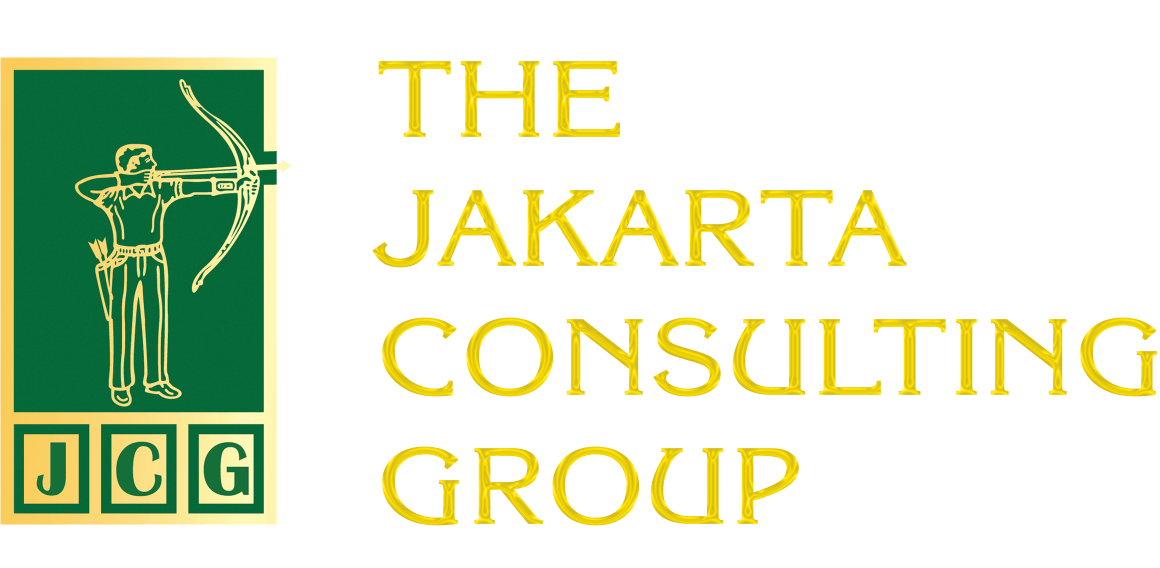Breaking Silo Mentality Through Talent Mobility. An organization consists of parts, the name of the parts can vary, ranging from divisions, units, departments, and so on. Each part has its own goals, strategies, and performance indicators. On one hand, this division makes each unit work more focused and more efficient. On the other hand, this division can lead to silo mentality.
Silo mentality is a mind-set of a unit or department that prioritizes its own goals and processes without regard to the overall goals and processes of the organization. This silo mentality has negative impacts. First, it hinders work because some units or departments are reluctant to share resources, expertise, and information. Second, one unit’s ideas are not easily spread to other units. In fact, these ideas could be beneficial to the organization. Third, there may be misalignment between unit goals and strategies and organizational goals and strategies. Fourth, employees are disconnected from the vision and mission of the organization. This lowers motivation and productivity.
Breaking Silo Mentality Through Talent Mobility
To dismantle this silo mentality, one way is talent mobility. Talent mobility is moving employees from one role, one location, or one team to another role, location, and team within an organization. The purpose of talent mobility is to match the talents of an employee with the needs of the company. Talent mobility also serves to develop knowledge and skills, strengthen engagement, and increase organizational agility.
Talent mobility takes many forms. Employees can be reassigned to other roles at the same level, can be promoted, or included in certain projects for a certain period of time.
With talent mobility, organizations are expected to be more vibrant and energized so that they move quickly and easily adjust to circumstances. In addition, employees will be more developed and able to utilize their knowledge and skills for the betterment of the company.
Many large companies have implemented talent mobility. Unilever, for example, has a talent exchange program. Through this program, employees have the opportunity to take on new roles in different departments or locations. Employees are expected to have more insights and create a global and cohesive culture. GE has a rotation program for leaders. Aspiring leaders are introduced to different functions and locations of the company early in their careers. GE develops a talent pool that has a deep understanding of various aspects of the business. Google, on the other hand, gives its employees the opportunity to utilize 20 percent of their time to run projects that are outside their responsibilities. This encourages collaboration between teams and fosters a more connected and innovative environment.
New Experiences and Perspectives
So what role does talent mobility play in breaking down silo mentality? Employees who move from one department to another gain new experiences and perspectives, they experience how to work in a team that has different goals, ways of working, and challenges from their home unit. They also better understand how other departments contribute to the company.
Talent mobility helps flow ideas from one unit to another. Employees from one department can bring their knowledge, skills and best practices to other departments. Thus, there are more solutions to one problem. Knowledge becomes richer. Creativity and innovation flourish.
By enforcing talent mobility, employees from different units are expected to become more cohesive, making organizational goals easier to achieve. The quality of decisions improves when policymakers better understand the conditions in each department. Armed with the experience of talent mobility, department leaders can adjust the goals of their respective departments to match the goals, vision, and mission of the organization.
Through talent mobility, employees are better prepared to take on new tasks, roles, and responsibilities because they have more expertise. In addition, talent mobility helps build a new mind-set: employees no longer feel solely part of their own unit, but part of a larger organization.
Talent mobility provides new challenges for employees, expands growth opportunities, increases engagement, and improves job satisfaction. Employees become more at home. Knowledge is also preserved, not lost by departing employees.
A Culture of Mobility and Learning
Next, how do you implement talent mobility so that silo mentality can be eliminated? Start by developing a culture of mobility and learning. Encourage employees to explore opportunities beyond their current duties, roles and responsibilities. Help them through mentoring programs, provision of learning platforms, and training to develop skills.
Employees can be given opportunities to engage in cross-functional projects. They can work on them temporarily and full-time. They can also be asked to be involved part-time. This way, employees will have a richer experience without having to change roles or move departments permanently.
In talent mobility, managers play a significant role. They can brainstorm with their team members about career development mobility options. Managers should not discourage their team members from mobility, even the most talented ones.
Like any other program, talent mobility should be evaluated and adjusted regularly. Things that should be evaluated include inter-unit collaboration, employee satisfaction, turnover rate during the mobility program, and project completion time.
Breaking Silo Mentality Through Talent Mobility
Category: Human Capital & Talent Management
#silo mentality #Talent mobility #unilever #GE #Google #experience #compact #mindset #culture











